The Yorkshire Terrier, often affectionately known as the Yorkie, is a small dog with a big personality, making it a beloved companion in households around …

Happy Paws: All About Dogs

The Yorkshire Terrier, often affectionately known as the Yorkie, is a small dog with a big personality, making it a beloved companion in households around …
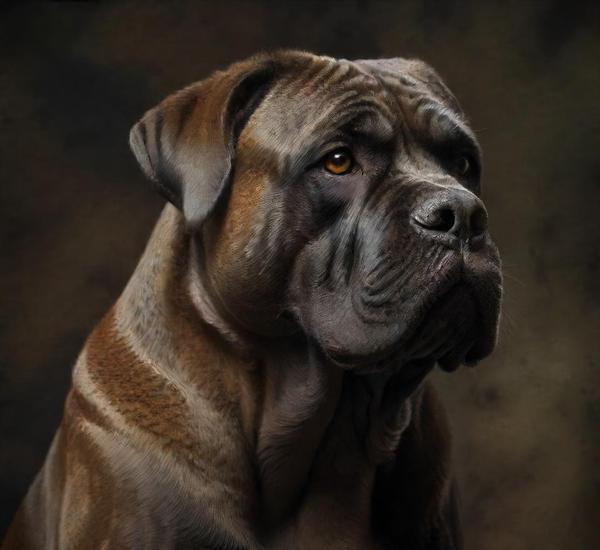
The Cane Corso, a majestic and imposing breed with a rich history, has captured the hearts of dog enthusiasts worldwide. Known for its striking appearance, …
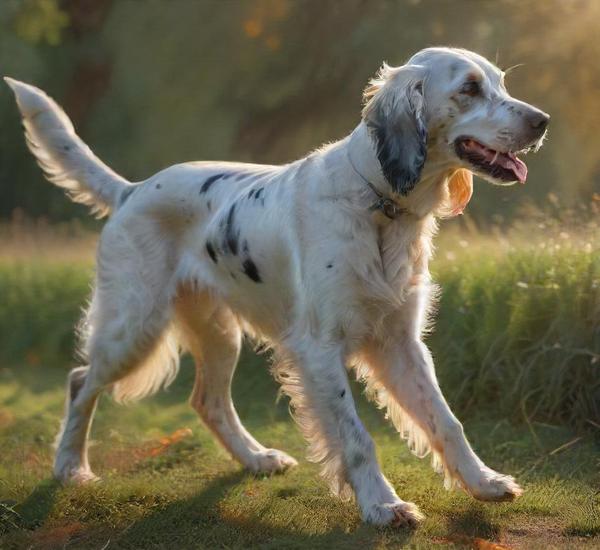
The English Setter, renowned for its elegance and gentle demeanor, has captured the hearts of dog enthusiasts around the world. Originating from England, this breed …

The Greek Shepherd dog, also known as the Greek Kangal or Greek Shepherd, is a remarkable breed with a rich history rooted in the rugged …

The Glen of Imaal Terrier, a distinctive and charismatic breed hailing from the rugged landscapes of Ireland, stands out with its unique blend of strength, …

The Griffon Nivernais is a charming and robust French dog breed known for its striking appearance and dynamic personality. With roots tracing back to the …
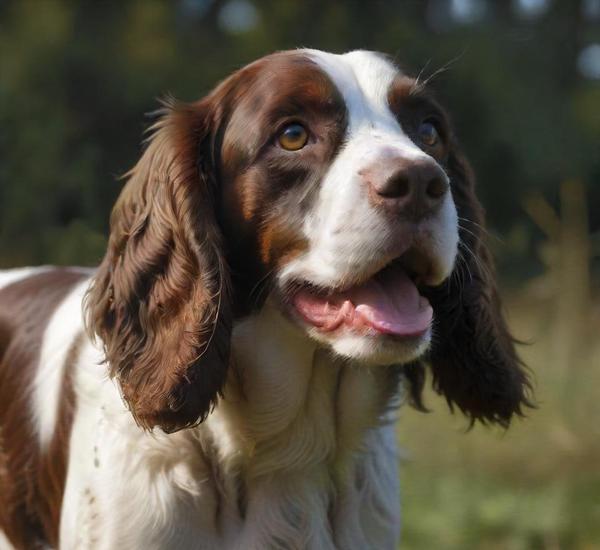
The English Springer Spaniel, renowned for its affectionate demeanor and boundless energy, stands as a beloved choice for families and active individuals alike. This breed, …
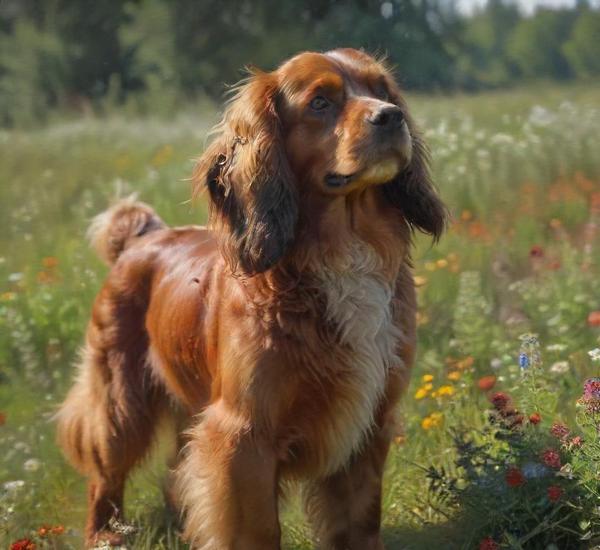
The Russian Spaniel, a lesser-known but captivating breed, offers a unique blend of charm and versatility that makes it an excellent companion for both active …
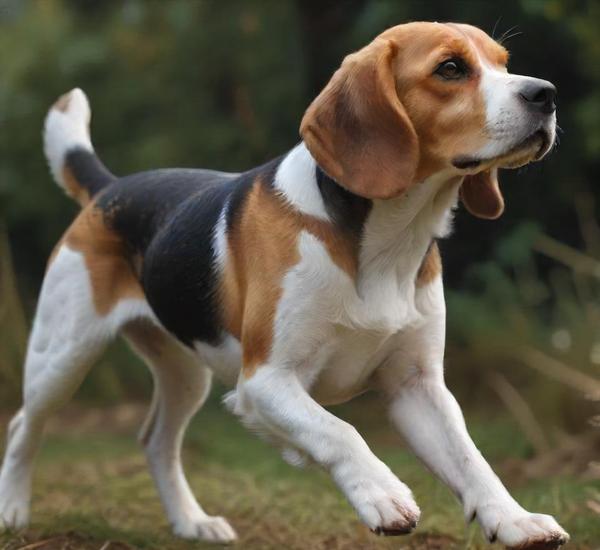
The Beagle-Harrier, a captivating blend of two distinct yet harmonious breeds, is a charming and versatile canine that has captured the hearts of dog enthusiasts …
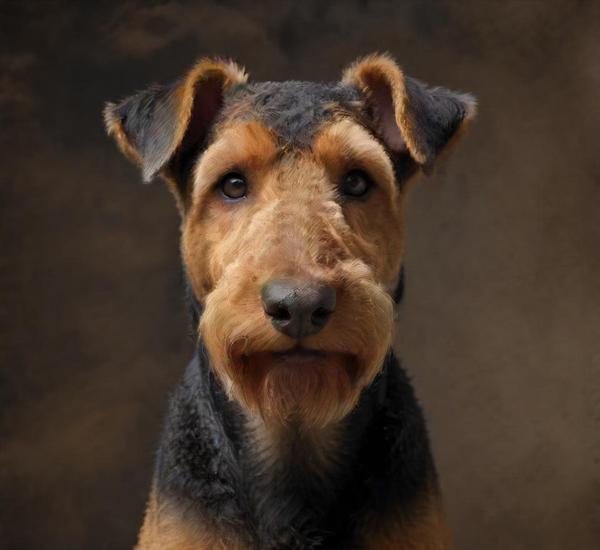
The Airedale Terrier, often celebrated as the King of Terriers, is a remarkable breed distinguished by its impressive size and distinctive, elegant appearance. Originating from …